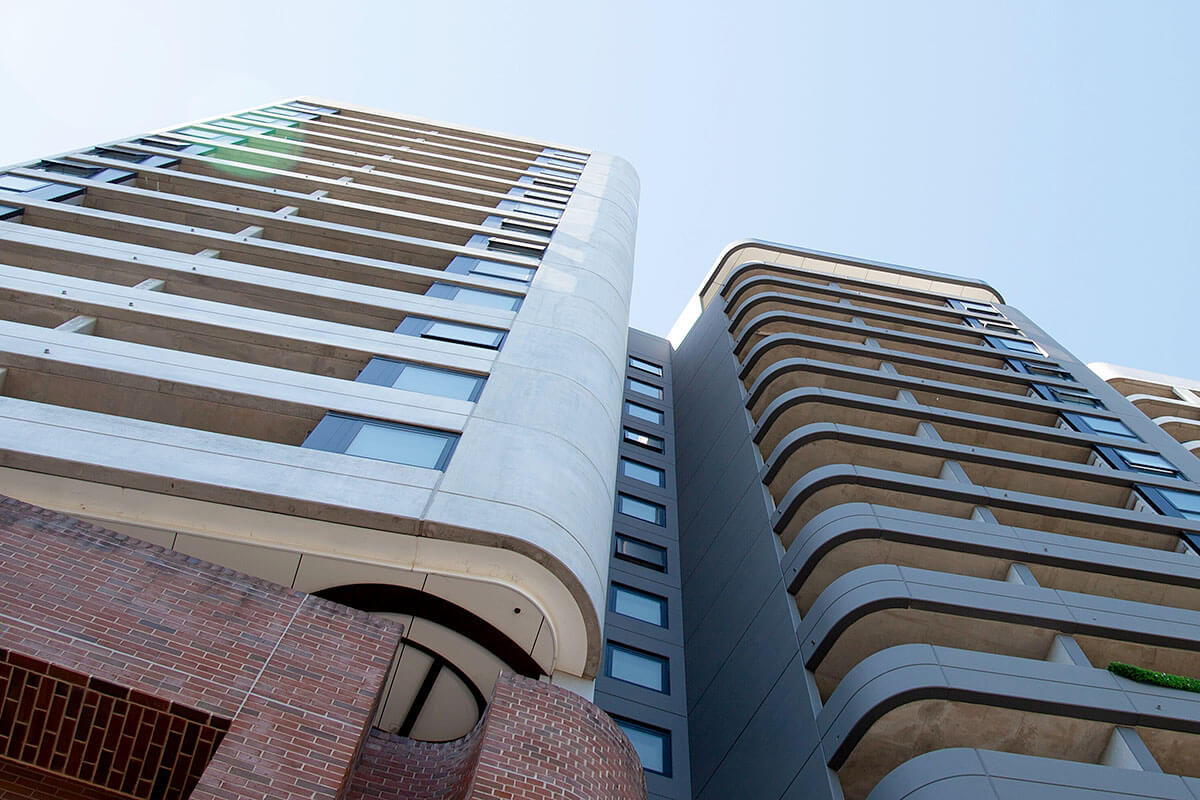The NSW State Design Review Panel program provides design advice for projects of state significance.
Under this program, a panel of built-environment design experts provide independent evaluation and advice on the design quality of projects.
The program has been in place since 2018 and contributes to good design and planning certainty by giving practical design advice to applicants. It helps to raise potential design issues early, so applicants can make timely and well-informed decisions about the design of their projects. The program also provides confidence to decision makers on the design quality of projects which streamlines assessment.
The State Design Review Panel program is managed by the Government Architect NSW. For more information and the program requirements, read the NSW State Design Review Panel – Guidelines for Project teams (PDF, 92 KB).
Projects reviewed
The panel reviews state-significant projects, precincts and infrastructure.
The types of projects it provides advice on include social, affordable and market housing, schools, hospitals, cultural facilities, new precincts, transport infrastructure, large industrial projects and sports facilities.
For more information, read the NSW State Design Review Panel Terms of Reference (PDF, 88 KB).
In 2023, the State Design Review Panel program celebrated its 5th birthday by launching 101 Design Ideas from 5 Years of the State Design Review Panel (PDF, 6 MB). Gathering insights from the panel across the years, the book is a collection of good advice to help with the design and delivery of built environment projects.
Thresholds for the program
For private projects on private land the following capital investment value/estimated development cost thresholds apply:
- $40 million for new schools
- $75 million for residential development seeking infill affordable housing bonuses
- $100 million for all other private projects on private land.
The specific thresholds and review limits do not apply to:
- stage 1 concept plan applications or other projects seeking significant changes to planning controls
- a project where review by the State Design Review Panel is required by planning policy or approval
- where the State Design Review Panel is part of an endorsed alternative to a competitive design process
- a project where a design excellence clause applies
- projects led by a government agency or on government-owned land.
Booking a review session
To submit an application, log into or register for a NSW Planning Portal account and follow the SDRP applicant resource guides.
Applicants should have SEARs or as a minimum have engaged with the department before booking a review session.
The application resource guides provide information on how to create a State Design Review Panel application, the contact and project-related information needed and the submission requirements for panel review meetings. Review sessions will be scheduled as close as possible to the requested date.
If we can’t fit a project in for design review within 12 weeks of the application, the project won’t require review.
Meet the panel
Panellists are independent and highly qualified design professionals. They have a variety of design skills and cross-disciplinary expertise in architecture, landscape architecture, urban design, sustainability, and Aboriginal and European culture and heritage. The panel includes a team of state government design champions and 5 Aboriginal and Torres Strait Islander members with expertise in design and Aboriginal cultural heritage to promote opportunities to Design with Country.
Wait Time Reduction Scheme
Update on project wait times
There has been an increase in private sector projects due to recent legislative changes. During 2024, wait times have been averaging 8 weeks or less. We’re committed to keeping wait times at this level and making sure applicants never wait more than 12 weeks for a project review.
The Wait Time Reduction Scheme has requirements for private projects participating in the pre-lodgement State Design Review Panel program. The scheme limits wait times for private projects on private land.
Private projects that don’t require a State Design Review Panel review can proceed through the planning process without the panel’s input in the pre-lodgement stage.
